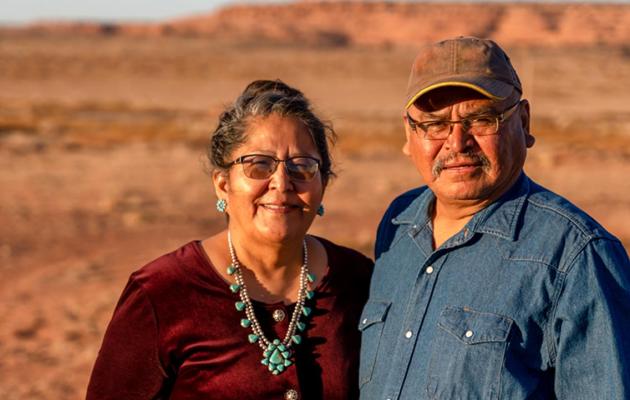Native American Heritage Month 2022

November is Native American Heritage Month
Also referred to as American Indian and Alaska Native Heritage Month, November is a time to celebrate and to acknowledge the important contributions of Native people. Celebrate with us as we raise awareness of the culture and traditions of the Native people and the unique challenges they have faced. Please read on as we also highlight those Native people who have made an impact to conquer challenges of tribal citizens.
The Crow Nation
The Crow, also called the Absaroka or Apsáalooke, are a federally recognized tribe of Native Americans who historically lived in the Yellowstone River Valley and the Northern Plains in Montana and Wyoming. Now they live on a reservation south of Billings, Montana. Their tribal headquarters are located at Crow Agency, Montana. The Crow Tribe of Indians had three different names finally settling on Apsáalooke, pronounced Ahp-SAH-luh-guh. Which means, Children of the Large-Beaked Bird. French Interpreters later mistranslated the word as, “Crow.”
The Crow migrated west to the plains where they adopted the lifestyle of Plains Indians, hunting bison and living in teepee. They were fierce warriors and renowned for their horses. During the Indian Wars they supported the United States military, providing scouts and protecting travelers on the Bozeman Trail. Chief Plenty Coups encouraged this, believing that the Americans would win the war and would remember their Crow allies, ensuring their survival in the white man's world. Although the Crow were forced to live on a reservation, Plenty Coups succeeded in having that reservation located on part of their homeland in Montana.
Despite their support of the U.S. military, after the war the Crow were treated no differently than the other tribes, being forced to surrender much of their land, and by 1888 were settled on their reservation. Chief Plenty Coups made many trips to Washington D.C., where he fought against the U.S. senators' plans to abolish the Crow Nation and take away their lands. Although they were forced onto a reservation, he succeeded in keeping part of the Crows' original land when many other Native Americans tribes had been relocated to reservations on entirely different land than where they had lived their lives. Chief Plenty Coups was chosen as the representative American Indian to participate in the dedication of the Tomb of the Unknown Soldier in Washington, DC in 1921. He laid his war bonnet and coup stick at the tomb.
The Crows were a matrilineal (descent through the maternal line) culture. Females obtained high status, even as high as chef. Like other Plains Indians, the Crow believe in supernatural helpers, conducting vision quests and fasted in order to communicate with them. These spiritual beings resembled bald humanoids with large eyes and tiny bodies and have been compared to fairies. Apsáalooke also participated in the Sun Dance, like other Plains Indians, and held their own Tobacco Society ceremony involving rituals related to tobacco the tribe’s sacred plant.
Another aspect of the Apsáalooke culture is what some describe as the “folklore” of the supernatural power of their shields. It was believed that Apsáalooke warriors’ shields hold the unique ability to change weather. Apsáalooke warriors painted depictions of night and day, the landscapes, sky, and their Helpers on their shields. One such shield contained so much power that ethnographer Stephen Chapman Simms, the former director of the Field Museum of Natural History, wrote in his 1900–1903 field notes, “On occasions when asking to see shields, the old man declared if they exposed the shields it would rain and hail and on both occasions it did—the sky was clear and [then] was thundering.” The natural world has always assisted Apsáalooke people, especially in their time of need, and for that they are eternally grateful.
Fast forwarding to today, the tribe hosts a large Crow Fair, a celebration of dance, rodeo, and parade annually for over a hundred years. Held on the third week of August on land surrounding the Little Big Horn River near Billings, Montana, it is the largest and most spectacular of Indian celebrations in the Northern Plains. The Crow Fair has been described as the "Teepee Capital of the World" because of the approximately 1,200 to 1,500 teepees in the encampment during the week of the celebration. The fair opens with a parade in which participants dress themselves and their horses in elaborate regalia that reflects their culture and their homelands.
The Crow (Apsáalooke) Tribe of Indians now has a membership of approximately 11,000, of whom approximately 7,900 reside on the Crow Indian Reservation in South Central Montana. The Crow Indian Reservation is the largest of the seven Indian Reservations in the state, encompassing 2.3 million acres.
Celebrate Native American Heritage Month
Check out these upcoming So Cal Pow Wows and the gallery to celebrate the month: https://www.socalpowwow.com/so-cal-pow-wows

Join the discussion